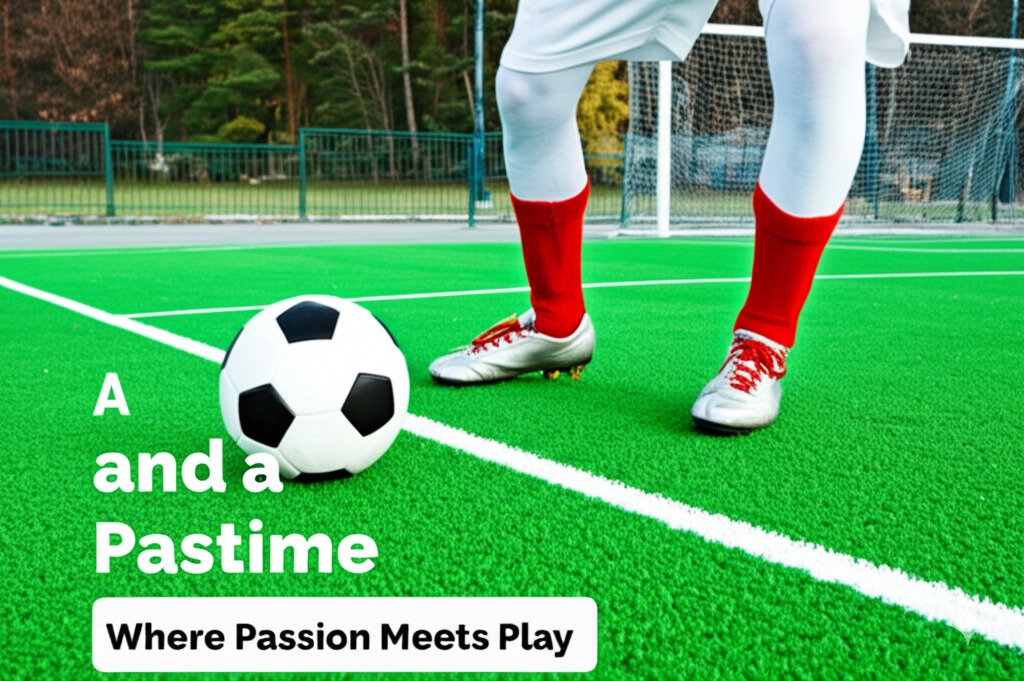From backyard games to Olympic arenas, physical activity comes in many forms. Some people live for the thrill of competition, while others simply enjoy moving their bodies for the fun of it. But where do we draw the line between sport and pastime? And is there really a difference?
This article dives into the fascinating overlap between sports and pastimes—how they intersect, differ, and enrich our lives. Whether you’re a weekend jogger or a pro-level athlete, understanding this dynamic can deepen your appreciation for both.
What Defines a Sport?
At its core, a sport is a structured physical activity that involves skill, rules, and often competition. Most sports are governed by official bodies that set standards, rank players, and host organized events.
Key Characteristics of Sports:
- Physical exertion: Sports require movement, endurance, and often strength.
- Skill development: Mastery comes with practice and strategy.
- Rules and structure: Every sport follows an established set of rules.
- Competition: Many sports are played to win—either individually or as a team.
Examples of popular sports:
- Soccer
- Tennis
- Basketball
- Swimming
- Track and field
These activities are universally recognized as sports due to their formal structure and competitive nature.
What Is a Pastime?
On the flip side, a pastime is any activity done for enjoyment and relaxation during leisure time. It may or may not involve physical movement or competition, and the goal is more about personal satisfaction than performance.
Key Features of Pastimes:
- Casual and informal: Pastimes are usually unstructured and stress-free.
- Relaxation-focused: The main goal is to unwind or have fun.
- Variety of activities: Not limited to physical activities—can include hobbies like knitting or painting.
- Self-paced: There’s no pressure to “win” or improve, unless you want to.
Examples of common pastimes:
- Gardening
- Cycling
- Playing catch in the backyard
- Fishing
- Skateboarding
Some pastimes, like skateboarding, can evolve into competitive sports, depending on how they’re approached.
The Blurred Line: When a Pastime Becomes a Sport
So where does the transition happen? A pastime can turn into a sport when:
- It becomes competitive.
- It’s governed by rules or associations.
- There’s formal training involved.
- It gains recognition at local, national, or international levels.
Skateboarding is a great example. Once a street hobby, it’s now an Olympic event. Similarly, yoga, typically a personal wellness activity, has competitions in some parts of the world.
Chess—another debated activity—shows how mental skill and structure can define a “sport,” even without much physical movement.
Shared Benefits of Sports and Pastimes
Whether competitive or casual, both sports and pastimes offer a wide range of physical, mental, and social benefits.
Physical Benefits:
- Improved cardiovascular health
- Enhanced flexibility and strength
- Better coordination and motor skills
Mental Benefits:
- Stress reduction
- Increased focus and mental clarity
- Boosted self-confidence
Social Benefits:
- Building friendships and community
- Teamwork and collaboration
- Shared goals and experiences
No matter your age or skill level, engaging in either sports or pastimes can enrich your quality of life.
Choosing What’s Right for You
Not sure whether you’re more of a sportsperson or a pastime enthusiast? Ask yourself:
- Do I enjoy competition, or do I prefer relaxation?
- Am I motivated by goals and improvement, or by fun and freedom?
- Do I thrive in team settings, or enjoy solo activities?
The good news? You don’t have to choose just one.
Combine the Two:
- Join a recreational sports league.
- Try casual jogging that leads to a 5K.
- Practice martial arts for fitness without competing.
The key is to find movement that feels meaningful to you.
A Global Perspective on Sport vs. Pastime
Different cultures define sport and pastime in unique ways. In some countries, dance is both a celebration and a competitive discipline. In others, board games like Go or Mahjong are taken as seriously as physical sports.
Cultural Examples:
- Cricket in India: A national obsession and elite sport.
- Petanque in France: A relaxed social pastime that’s also highly competitive.
- Esports in South Korea: Video gaming as a legitimate professional sport.
This global variety shows that the definitions are fluid, and often shaped by tradition, media, and community values.
Conclusion: Embrace the Best of Both Worlds
Whether you’re diving into a sport or simply enjoying a pastime, the key is to stay active, engaged, and joyful. The distinction doesn’t always matter—what matters is the positive impact on your life.
Tip: Start with what you love. If you find joy in it, you’re more likely to stick with it—and possibly turn a casual interest into something more structured.

Yara Bryant is a dedicated sports journalist with a knack for breaking down game strategies and delivering in-depth analysis. With a strong background in sports coverage, she specializes in football, basketball, and motorsports, bringing fans the latest news, insights, and predictions.


No responses yet